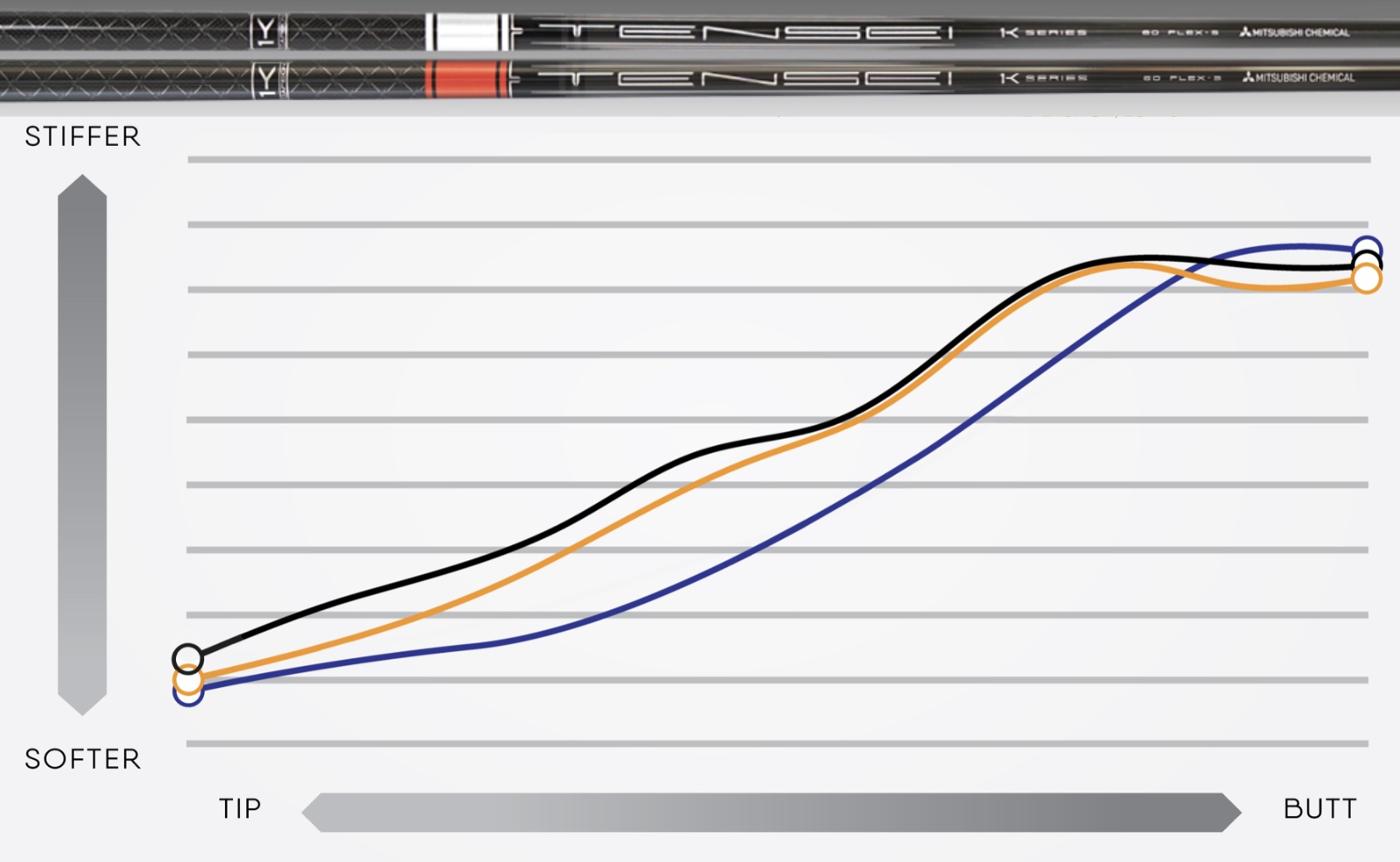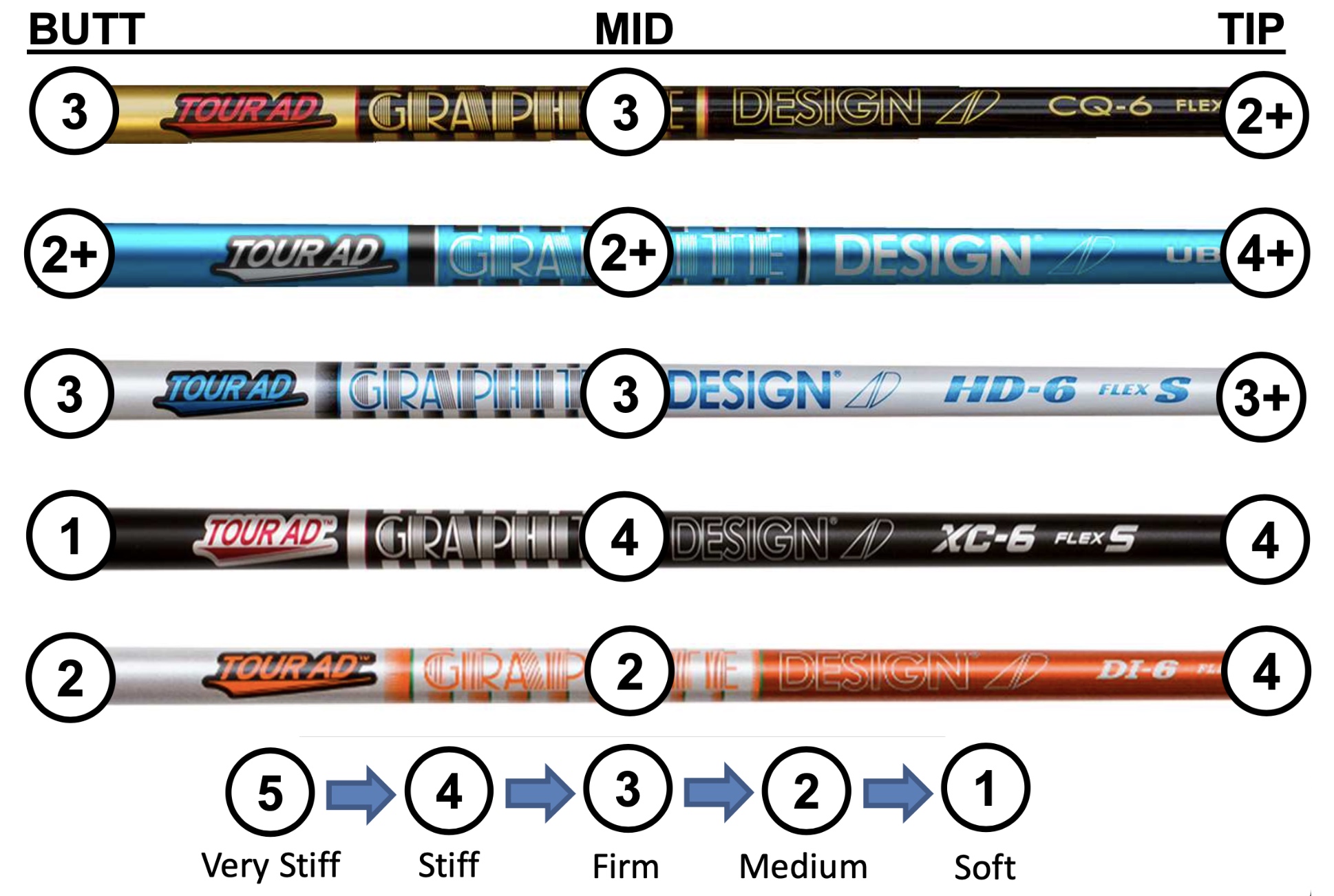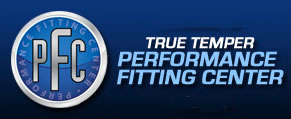FITTING THE PPGS SWING
PEAK PERFORMANCE GOLF SWING (PPGS). The unusual teaching style and swing technique of Don Trahan, the "Swing Surgeon", have attracted a growing base of golfers looking for ways to reduce and eliminate back pain from their game. That is what "the Surge" promises. Don's swing is characterized by a wide stance, a limited rotation of pelvis and upper body, a more vertical swing plane, and a high finish. Don gives strong recommendations for golfers to get professional club fitting and to consider shorter club lengths and smaller club head sizes in the driver than is typcial in factory-built clubs.
To fit golfers who want to learn this system it helps to understand the details of PPGS swing. We attended Don's class for instructors to learn the details from Don himself. We focused on understanding the biomechanics of the swing from the perspective of the technology we use. We apply it to fitting clubs for golfers who are learning this system.

The above figure illustrates how much separation of lower and upper body can be reached in this technique where thoracic flexibility permits. In this case, the golfer had a pelvis turn limited to -18 degrees in the backswing but he turned his upper body -65 degrees. He achieved 47 degrees of separation between upper body and lower body at the top of the backswing, sufficient for full swing power and in the range (green numbers above) measured for pro tour players.
These measurements are consistent with one of Don Trahan's major swing keys, a limited 70 degree turn. To evaluate the ability to execute the swing effectively, we like to include TPI functional movement tests to help us characterize the range of motion a golfer can comfortably achieve. We can also set K-Vest training ranges that help a player understand the swing positions needed for the PPGS method.
Address position, club path, wrist position, and release through impact are additional areas that are atypical but needed for success with the PPGS swing. Every PPGS golfer we see has difficulty understanding one or more of these parts of the swing by looking just at videos. K-Vest 3D motion capture with its biofeedback capabilities is an ideal way for a golfer to learn how to get in the optimal position to execute this unusual swing. The K-Vest overcomes perspective errors of conventional 2D video methods that can get in the way of learning a new swing style. Fitting for the right clubs is more precise when it's based on an understanding how you swing a club.
If you are a PPGS golfer, I recommend reading the web pages MOBILE and STABLE, POSTURE EFFECTS, and PELVIC STABILITY (in the MOVEMENT section of the SWING ANALYSIS page) for insight on the likely fitness deficiencies that motivated the development of this unusual swing technique. Then, let us know how we can help you. We will take PPGS swing analysis and club fitting beyond what you will find anywhere else. And in the process, we can show you why you are likely to lose distance if you follow this details of this technique too closely, as well as trade in one type of back injury for a different one down the road.











